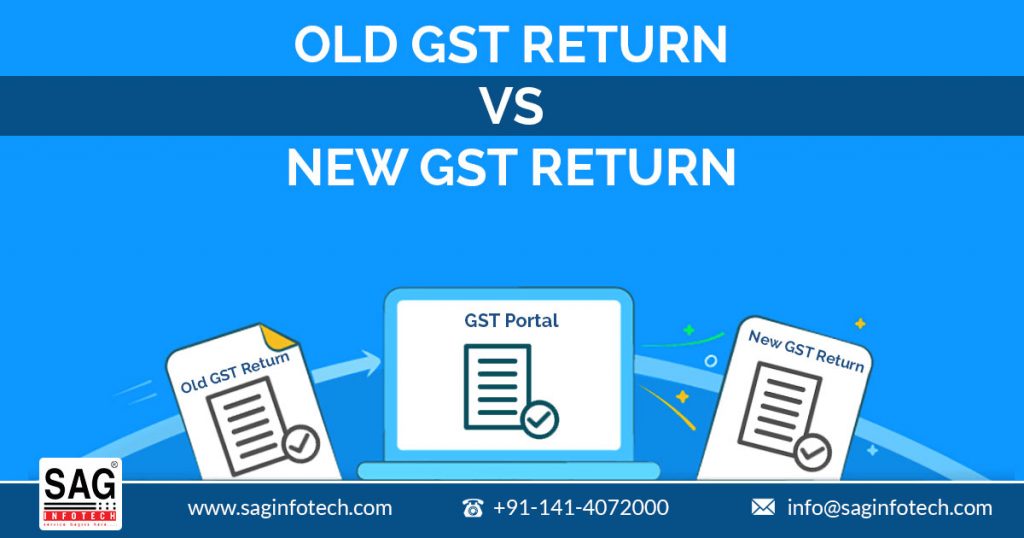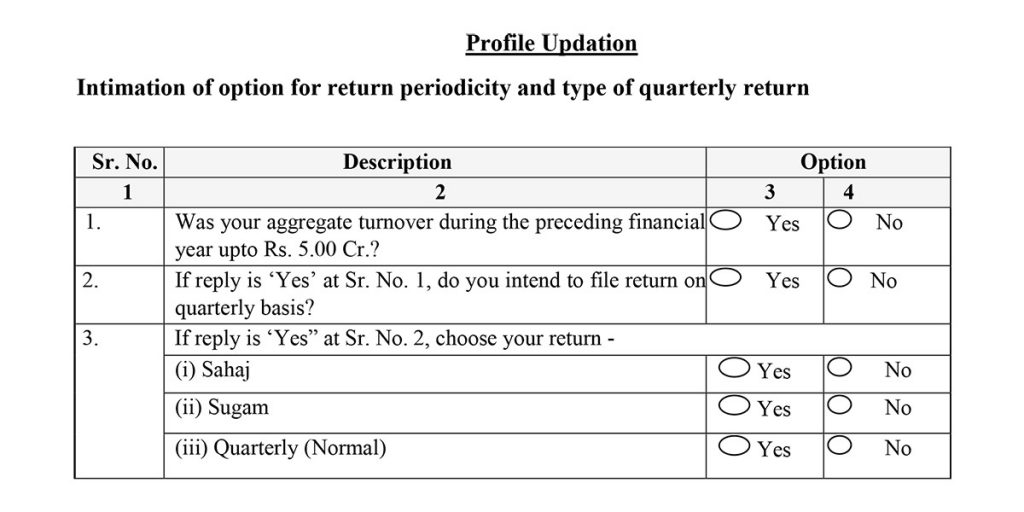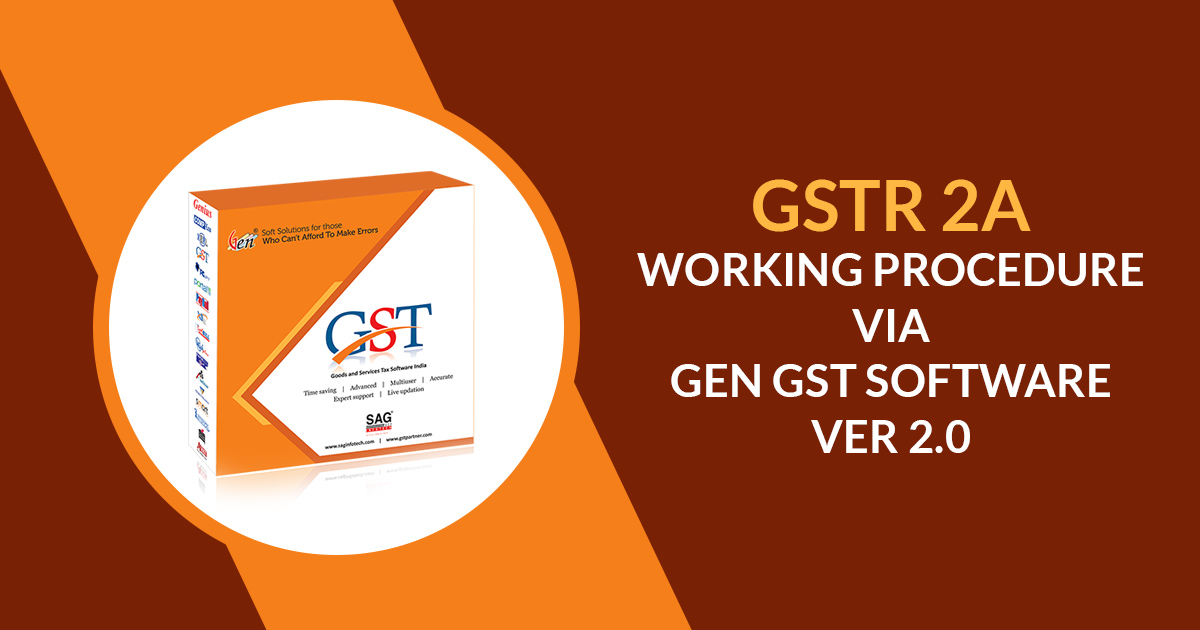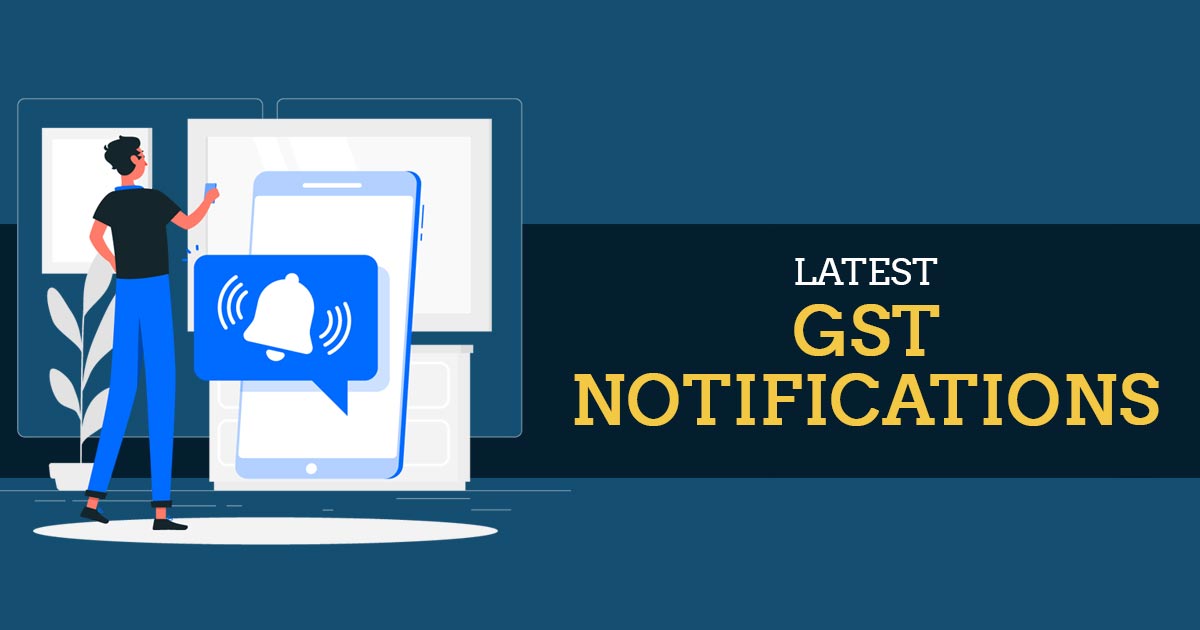
The new GST return system will come into action from October 2020 onwards. The old system got revised due to the need for a single, simple and concise return form which will take the place of multiple return forms of complex nature that are currently being filed by taxpayers. The new system will feature only one main return called the GST RET-1, which will comprise of 2 annexures – GST ANX-1 and GST ANX-2. There are some major changes between the old and new GST return systems regarding inward supplies and input tax credit so we thought to list down all of them here.
What are the Forms under the New GST Return System?
The New GST Return System consists of the main return GST RET-1 form 
These annexures will work on a real-time basis so suppliers can upload invoices as and when a transaction takes place. Recipients will have the option to accept or reject these invoices, or they can even mark them as pending in order to take a decision on them at a later date.
The first annexure GST ANX-1 can be pronounced as Annexure of Supplies, it is for providing details of outward supplies, inward supplies liable to reverse-charge, and import of goods and services. The second annexure GST ANX-2 (Annexure of Inward Supplies) will contain details of inward supplies.
The setup is beneficial for suppliers and recipients both, because with it they do not have to wait until the end of a tax period in order to reconcile their returns with their account books.
New changes with Regard to Reporting of Inward Supplies & Input Tax Credit?
We are enlisting all the major changes in regard to reporting inward supplies and input tax credit into 3 main categories, the same are engraved below.
(i) Based on Procedural Actions
- There are a few changes based on Procedural Actions Such as:
- Now a supplier of goods and services can provide details of supply transactions carried out during a tax period in his Form GST ANX-1 at any time, they don’t have to wait for the end of .tax period.
- Similarly all these details can be now uploaded any time to the GSTN in real-time and will be there for viewing, and to take any action by the recipient.
- With the new system, recipient of supplies will be only able to declare his inward supplies and claim input tax credit on the basis of documents uploaded by his supplier in his Form GST ANX-1.
- All details and documents uploaded by the supplier in his Form GST ANX-1 will be reflected on a real-time basis in the Form GST ANX-2 of the recipient.
- Now, the recipient can choose to accept or reject or mark them as pending these documents.
- When it is accepted, the combined data will be reflected in the main return GST RET-1 of the recipient in the relevant tables.
(ii) Based on Formats and Reporting
Key Differences in the Formats & Reporting of Inward Supplies and Input Tax Credit are:
- Two fields have been removed now the number of fields of data to be reported is five instead of 7 GSTR 2A

- GSTIN
- Legal Name, Trade Name, ARN and Date of Filing
- Inward Supplies received from a registered person (other than supplies attracting reverse-charge), imports and supplies received from SEZ units/developers on Bill of Entry
- Summary of the Input Tax Credit
- ISD Credit received
- The ARN (application reference number) and the date of filing will be auto-filled in the new form.
- With the new system, a person liable to pay tax on reverse-charge will now have to declare inward supplies liable to reverse-charge in his GST ANX-1 only, the supplier does not have to report the same.
- The table for reporting TDS/TCS credit and reporting debit/credit notes received during the tax period has been removed.
- There are the new fields introduced for reporting Imports and supplies received from SEZ units/developers.
(iii) Based on Claiming of Input Tax Credit
- The new GST return system works on real-time upload of data, which promotes transparency in reporting.
- Now a recipient of supplies can only accept or reject provided data in his GST ANX-2, the data has already been declared by the supplier in his GST ANX-1.
- If the recipient accepts an invoice, it will be locked. So they are not allowed to take further action however the recipient can also unlock the invoices himself if needed.
- The input tax credit claimed will be limited to such data reported in the GST ANX-2, and it will be on an invoice-wise basis completely.
- In any case where a supplier failed to upload documents for a particular tax period, a 20% margin of credit, based on rules to be notified by the CBIC

So that’s all above are some major changes, we will see in action when the New GST return system will be allowed.Most of the changes seem beneficial for suppliers and recipients both, so with the hope of positive effect of this change we would like to conclude this post.